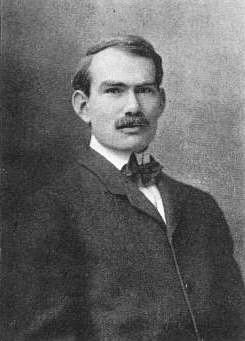Every day, you use a dozen or more communications devices. Your phone, your computer, perhaps a smart watch, even your car. In the 21st century we are more connected than ever, and it’s not just the devices we touch. Our homes are full of self-monitoring devices from thermostats to electric meters. Here’s the secret of all of it: none of it is possible without an amplifier.
If it weren’t for the amplifier, there would be no radio, no television, no satellites and no cell phones. All those technologies rely on radio waves that are too weak to be used without an amplifier. Signals that come from satellites are measured in tiny fractions of a watt. That’s the same measurement as light bulbs… and a 10 watt bulb is barely bright enough to read by. So how does this super-weak signal give you hundreds of channels? The answer is: it’s amplified.
Understanding amplification and where it all started
Satellite signals are only amplified to a few hundredths of a watt, but the TV’s sound is amplified by hundreds of watts. It’s all done through the same principle and the person who invented the first commercially viable amplifiers was Lee De Forest.

Dr. De Forest was a first-class inventor with over 180 patents, but today he is most remembered for his invention of the Audion, which was the first tube amplifier. This would later be known as the vacuum tube, and the same principle would be incorporated as the transistor, the basis of all computer chips.

An amplifier does two things. First, it detects a signal coming through a wire. Second, it takes raw electrical power and modifies it so it carries the same signal but with much higher power. The resulting signal is strong enough to drive a speaker, display a video picture, or process a digital signal from a wireless device.
Dr. De Forest’s invention was the engine that drove technology for fifty years; from radio to computers, every device had a vacuum tube. Telephones didn’t need them because of huge trunk amplifiers built into the phone network. While tubes were unreliable, ran hot, and wasted energy, they were critical in our technological development until they were replaced in the 1960s by the transistor. The transistor would have been impossible without the tube amplifier, though. At its most basic, a transistor is nothing but the design of a vacuum tube but transferred to something more stable.
Without amplification
It’s no exaggeration to say that modern communication would be impossible without amplification. Signals could only travel a few hundred feet through wire at most. That eliminates pretty much all communication right there. If you were to try to broadcast wirelessly, for example using radio or cell phone, it would be impossible to create a signal strong enough to go more than a few feet. If he hadn’t discovered the basic principles of signal amplification, we’d all still be sending written messages on horseback.
That’s why it’s important to salute Lee De Forest. In his life people called him “the father of radio” but that doesn’t even begin to explain his contributions to our world. His most important work, first detailed in the first decade of the 1900s, spawned everything around him. Dr. De Forest lived until 1961, which was long enough to see his invention power modern life. One can’t help but wondering what he’d think of life today.





